Author: Matej
-
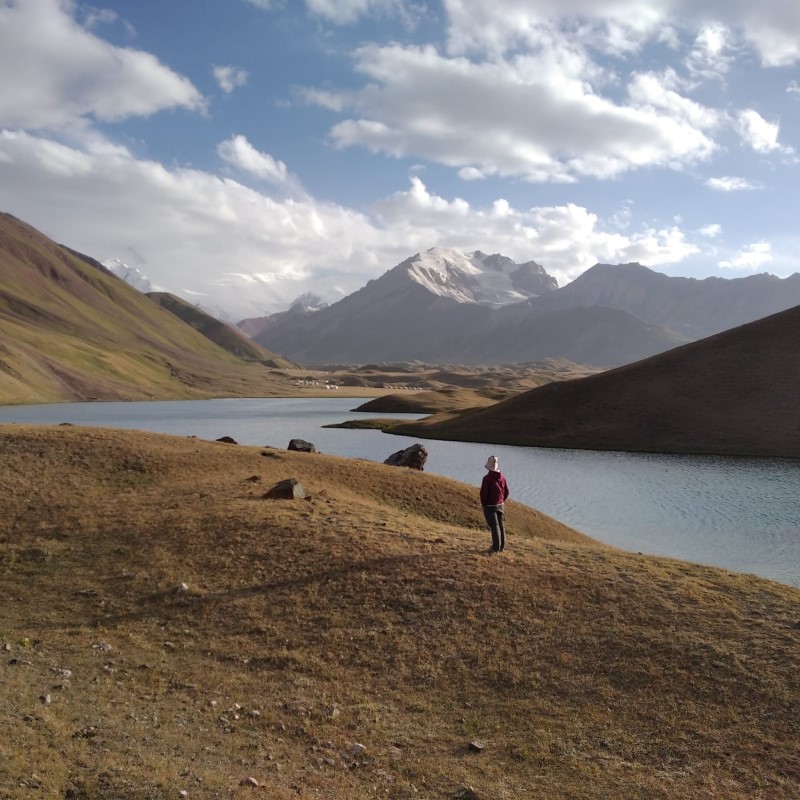
Interesting Photo Exposition in Arzua (on the Camino) – 38km before Santiago de Compostela,
Bruno Lernout, an experienced walker, writer, philosopher, and guide, exhibits photos of the Balkans and the Silk Road at the Mary Magdalena chapel. This captivating exhibition opens from 17:00 to 20:00, Monday to Sunday, and the entrance is free. Location on Google maps here. It is a great past-walking activity for your afternoon in Arzua,…
-
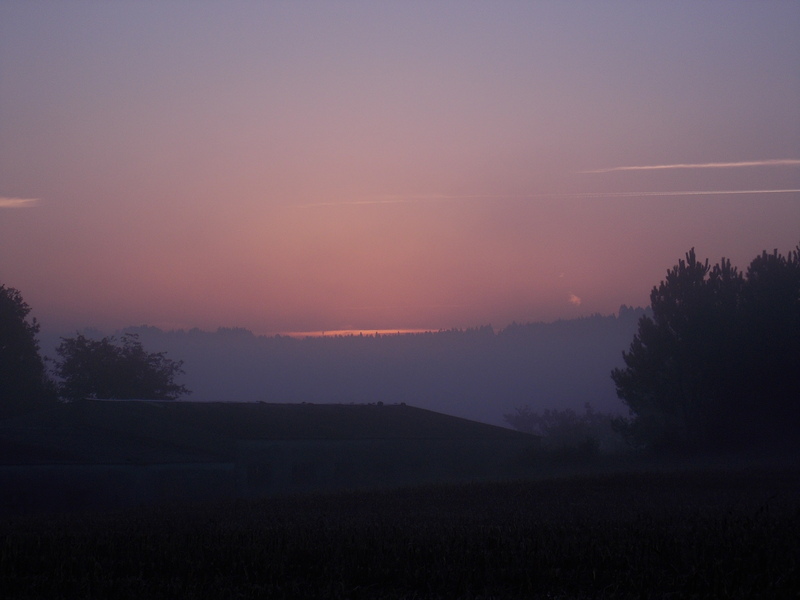
From Arzua to O Pedrouzo, Camino Frances Stage no. 29
Basic Information Starting Point: Arzúa, Spain (400m) – The cheese capital of the Camino, famous for its creamy Tetilla. One of the most busy spots on the entire camino (by now, both the Northern way and the Primitivo way have merged with the French way), with 15 pilgrim albergues and many other accommodation options for…
-
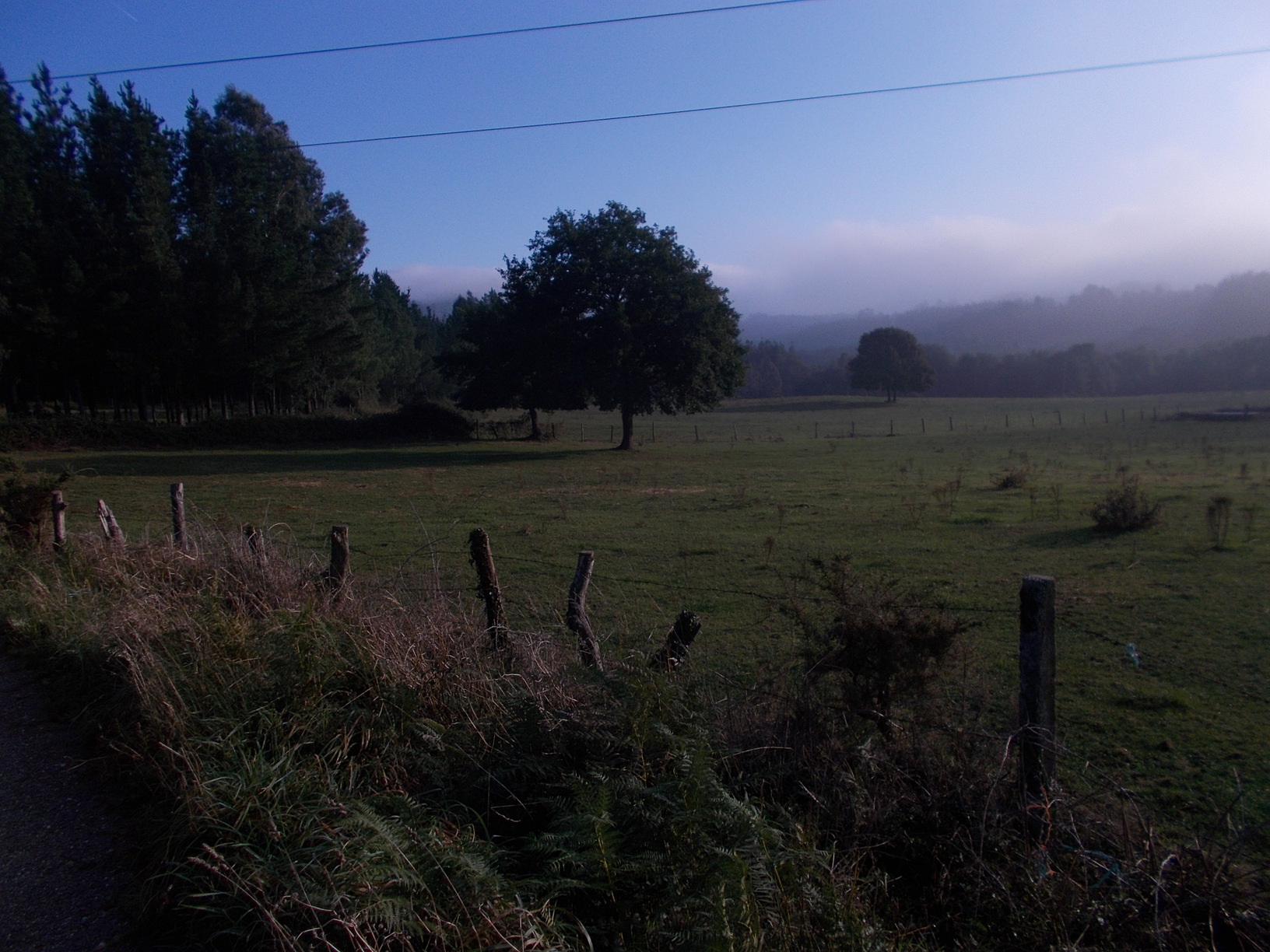
From Palas del Rei to Arzua, Camino Frances Stage no. 28
Basic Information Starting Point: Palas de Rei, Spain (540m) – Another Galicean town living almost entirely from the Camino Frances. Twelve pilgrim albergues and all facilities for pilgrims. Ending Point: Arzúa, Spain (400m) – The ‘cheese capital’ of the Camino, and also the place where Camino del Norte joins Camino Frances. Count with 15 pilgrim…
-
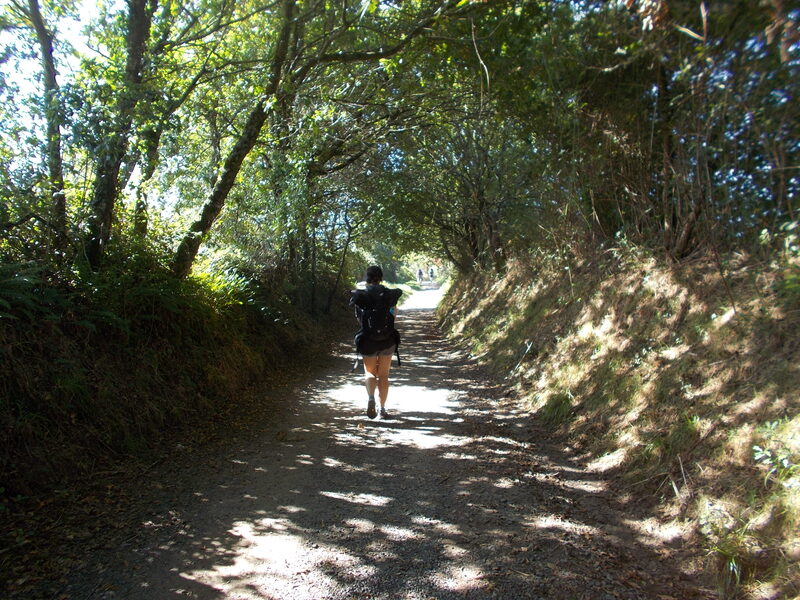
From Portomarin to Palas del Rei, Camino Frances Stage no. 27
Basic Information Starting Point: Portomarín, Spain (350m). A reconstructed medieval town relocated when the Miño River was dammed. With roughly 1,200 inhabitants, the town lives almost entirely from the pilgrims. Count with 15 pilgrim hostels (no doubt other opening soon), plus various hotels, pensions, etc, to accommodate pilgrims on organized bus tours and similar groups.…
-
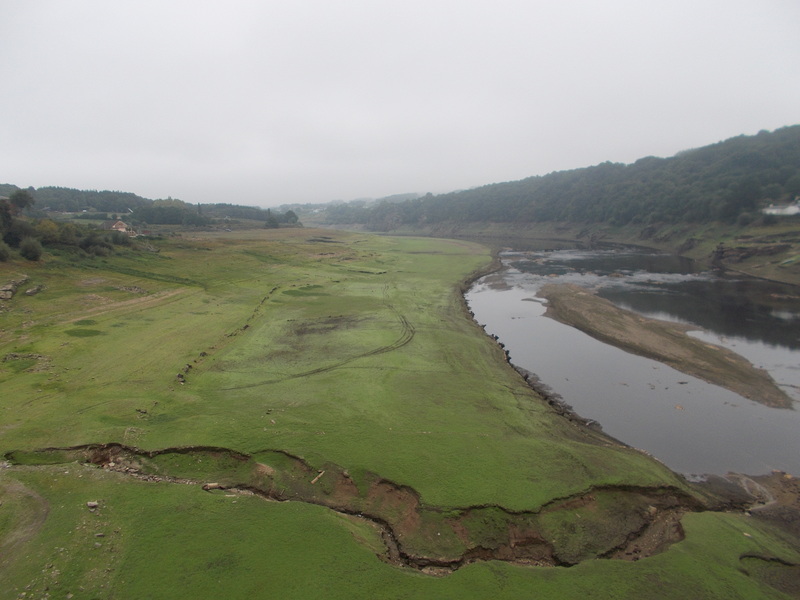
From Sarria to Portomarin, Camino Frances Stage no. 26
Basic Information Starting Point: Sarria, Spain (415m) – The most common starting point of Camino Frances, 115 kilometers away from Santiago. Town that lives from the pilgrimage, with 20 pilgrim hostels, and plenty of other accommodation options for all budgets. Entering Sarria is a shock for many pilgrims who started back in St. Jean or…
-
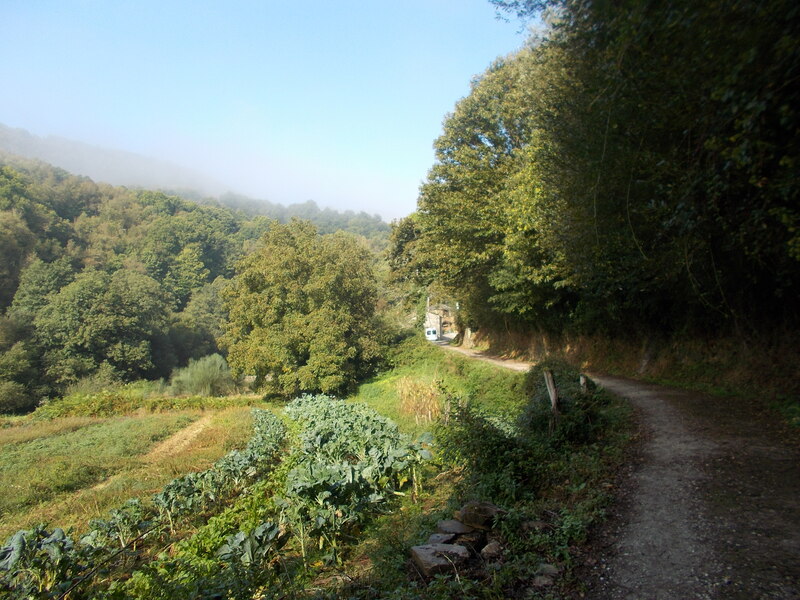
From Samos to Sarria, Camino Frances Stage no. 25
Basic Information Starting Point: Samos, Spain (530m). Monastic town dominated by the massive Benedictine Abbey. Beautiful town with three pilgrim albergues (one directly in the monastic complex), some private accommodation options and all services for pilgrims, including a shop and a pharmacy. Never too touristic, and with some nice quiet spots to spend the…
-
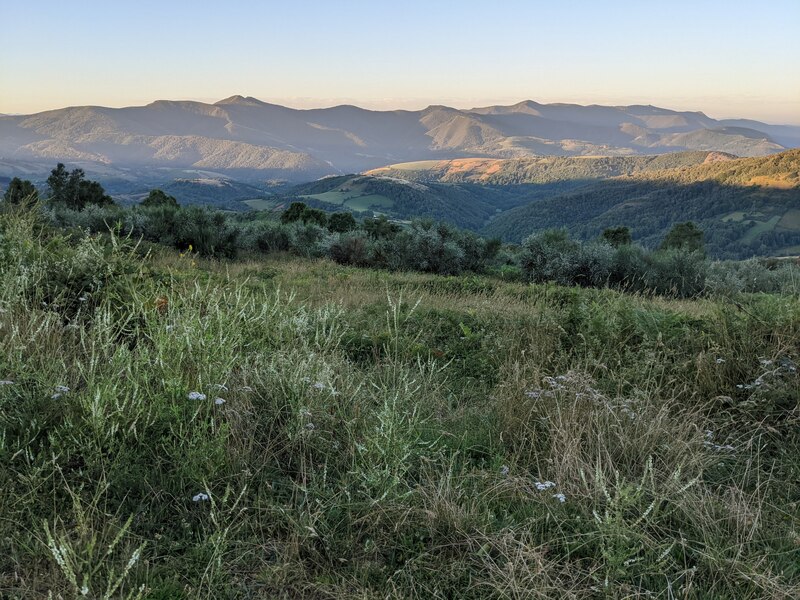
From O Cebreiro to Samos, Camino Frances Stage no. 24
Basic Information Starting Point: O Cebreiro, Spain (1,330m) – Famous Galician mountain settlement with Celtic-style pallozas, solemn church from 9th century (one of the oldest on the entire camino), two pilgrim albergues and few other accommodation options. While it is one of the victims of the success of Camino Frances (almost a tourist trap nowadays),…
-
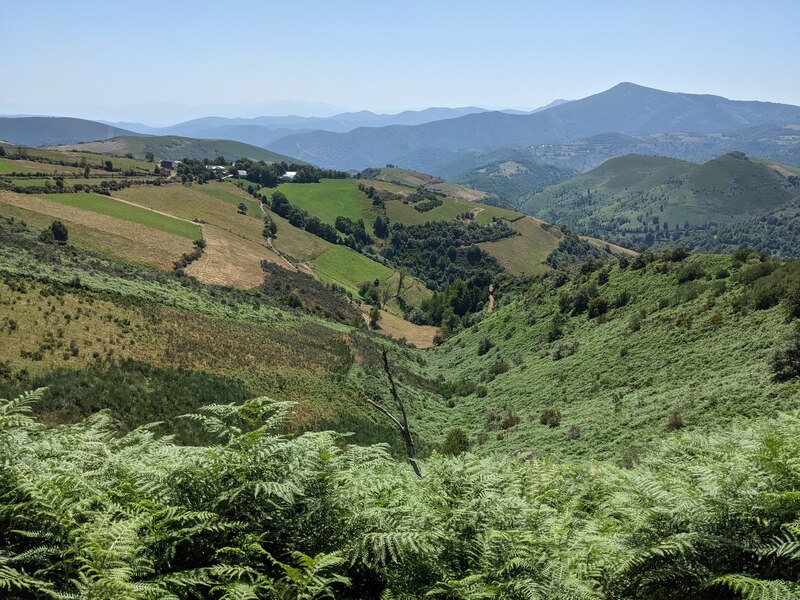
From Villafranca del Bierzo to O Cebreiro, Camino Frances, Stage no. 23
Basic Information Starting Point: Villafranca del Bierzo, Spain. A charming medieval town at roughly 500 meters above sea level, nestled in the foothills of the Leon Mountains. Considered by many one of the most beautiful small towns on the entire Camino. With roughly 3,000 inhabitants, you will find all services in town, including nine pilgrim…
-
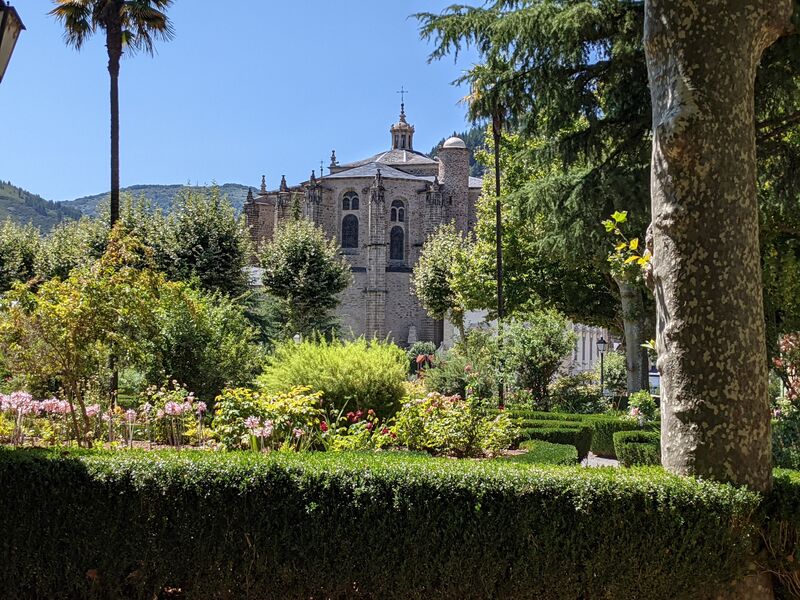
From Ponferada to Villafranca del Bierzo, Camino Frances Stage no. 22
Basic Information Starting Point: Ponferrada, Spain – A historic city with a huge Templar castle from the 12th century. With over 60,000 people, you can find in town all services for both pilgrims and tourists, including 5 pilgrim hostels, and plenty of good restaurants of all kinds. Located roughly 210 kilometers from Santiago de Compostela,…
-
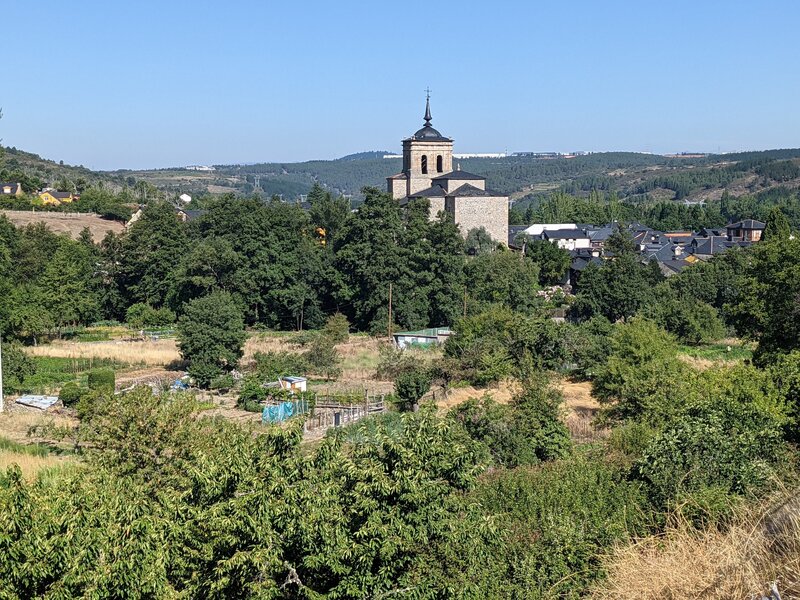
From Foncebadon to Ponferada, Camino Frances Stage no. 21
Basic Information Starting Point: Foncebadón, Spain – A mountain ghost town revived by pilgrims at 1,430 m above sea level (the highest place where you can sleep inside on the entire Camino Frances). There virtually aren’t any people living in town, except of people who run the infrastructure for pilgrims, and it is a pretty…
-
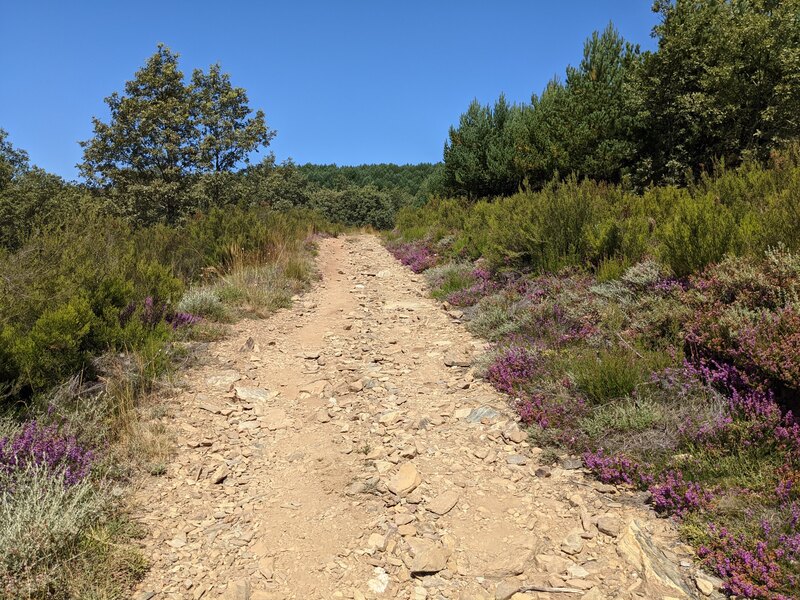
From Astorge to Foncebadon, Camino Frances Stage no. 20
Basic Information Starting Point: Astorga, Spain – A historic crossroads town with Roman roots and Gaudi architecture, with an elevation of 870 m above sea level. Highlights include Gaudi palace, beautiful cathedral, and chocolate factory and museum :). The town has over 10,000 inhabitants, and you’ll find in town all services for pilgrims, including four…
-
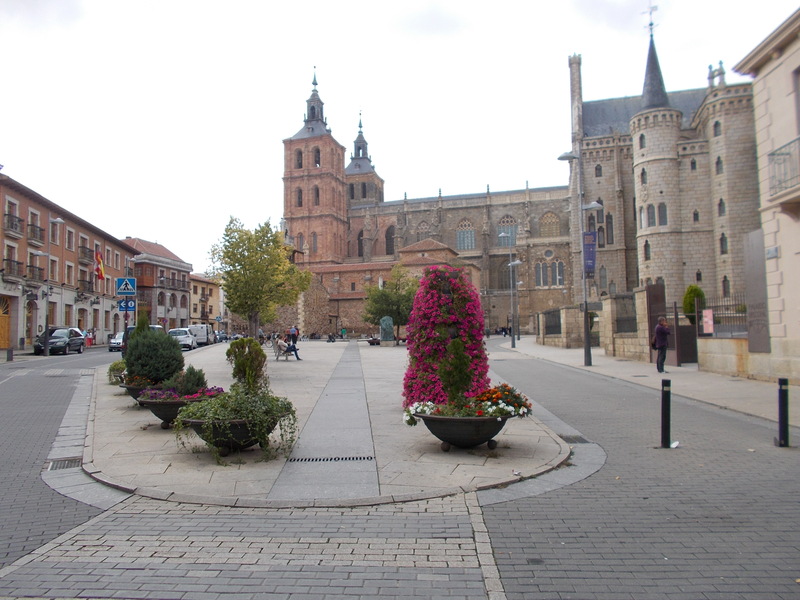
From San Martin del Camino to Astorga, Camino Frances Stage no. 19
Basic Information Starting Point: San Martin del Camino, Spain – With roughly 300 inhabitants, you will find in the village five pilgrim albergues. The place lives from two things only: agriculture (more difficult each year due to climate change and other issues), and Camino Frances (better each year, sure enough new places for pilgrims will…
-
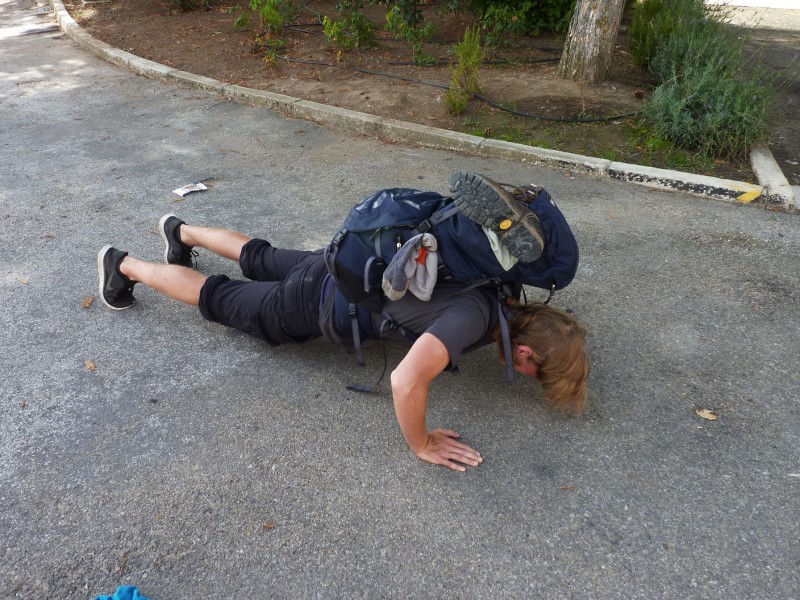
From Leon to San Martin del Camino, Camino Frances Stage no. 18
Basic Information Starting Point: Leon, Spain – The capital of Leon province, known for its Gothic cathedral and beautiful town center. With over 120,000 inhabitants you can count on any kinds of services or shops (should you need, for example, a new pair of shoes for the second half of your camino). Five pilgrim albergues,…
-
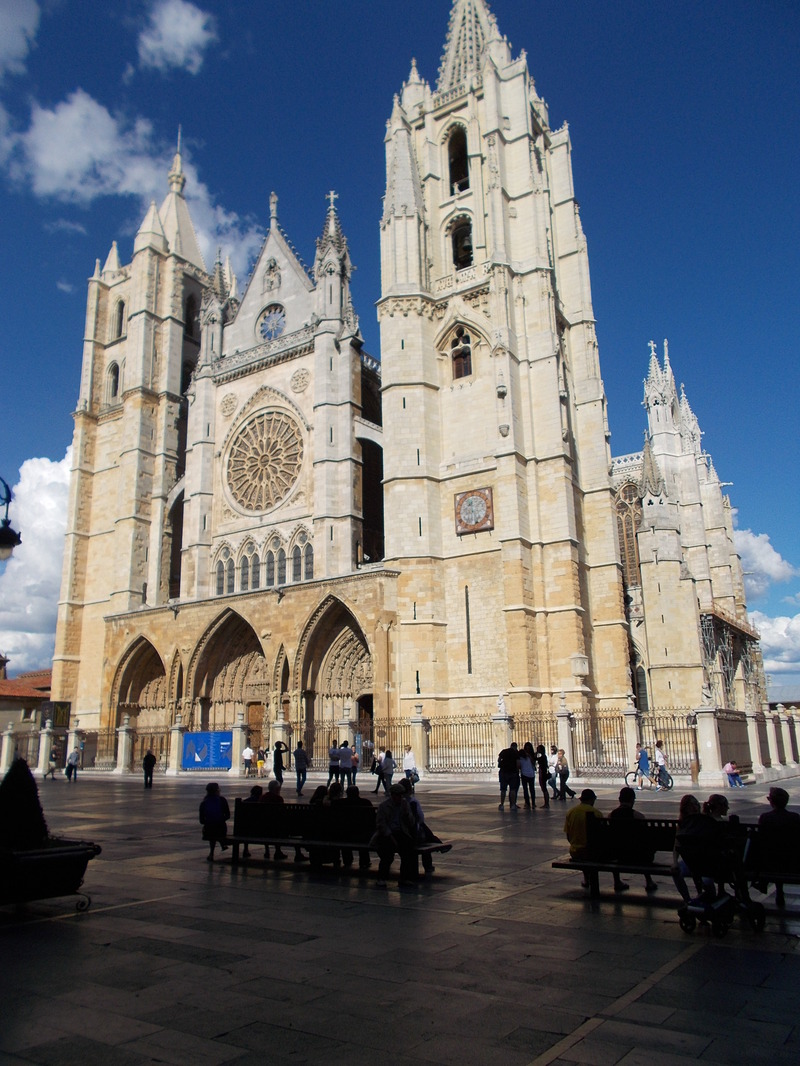
From El Burgo Ranero to Leon, Camino Frances Stage no. 17
Basic Information Starting Point: El Burgo Ranero, Spain – A classic Meseta village with traditional adobe houses and poplar-lined streets, count with all services for pilgrims and various accommodation options, including one nice donation-based albergue with 30 beds. Ending Point: León, Spain – The magnificent capital of León province, known for its Gothic cathedral and…
-
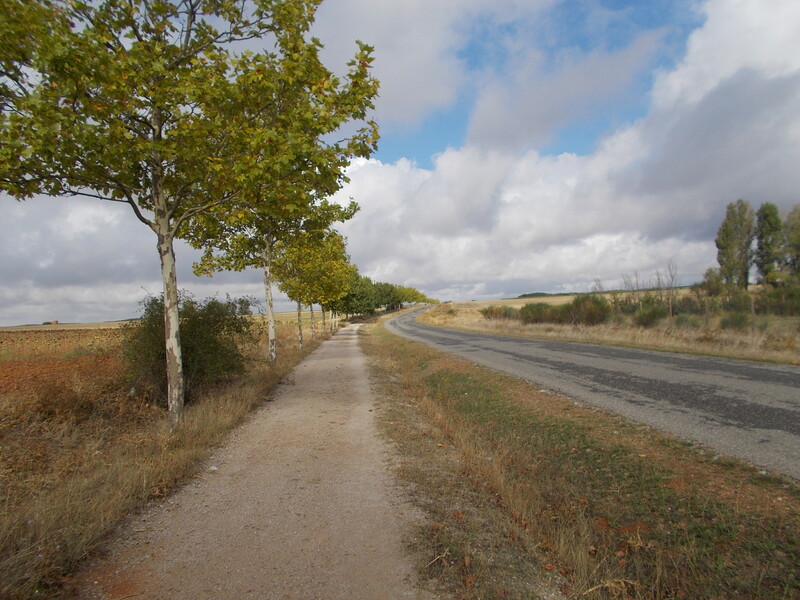
From San Nicolas del Real Camino to El Burgo Ranero, Camino Frances Stage no. 16
Basic Information Starting Point: San Nicolas del Real Camino, Spain – A peaceful village with less than 50 inhabitants, a nice pilgrim albergue and a good restaurant. The real Meseta village. Ending Point: El Burgo Ranero, Spain – A classic Meseta village with traditional adobe houses and poplar-lined streets. With roughly 700 inhabitants, you an…
-
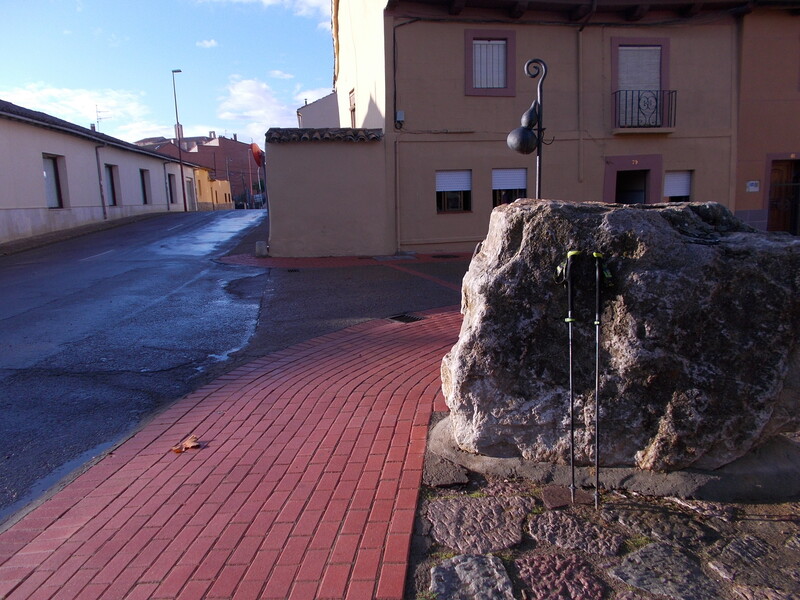
From Carrion de los Condes to San Nicolas del Real Camino, Camino Frances Stage no. 15
Basic Information Starting Point: Carrion de los Condes, Spain – A historic town with rich medieval heritage and one of the Camino’s most beloved stops, for warm welcoming of the local community, and an unforgettable pilgrim blessing by the Augustine sisters (every day at 7pm in Santa Maria Church). Ending Point: San Nicolas del Real…
-
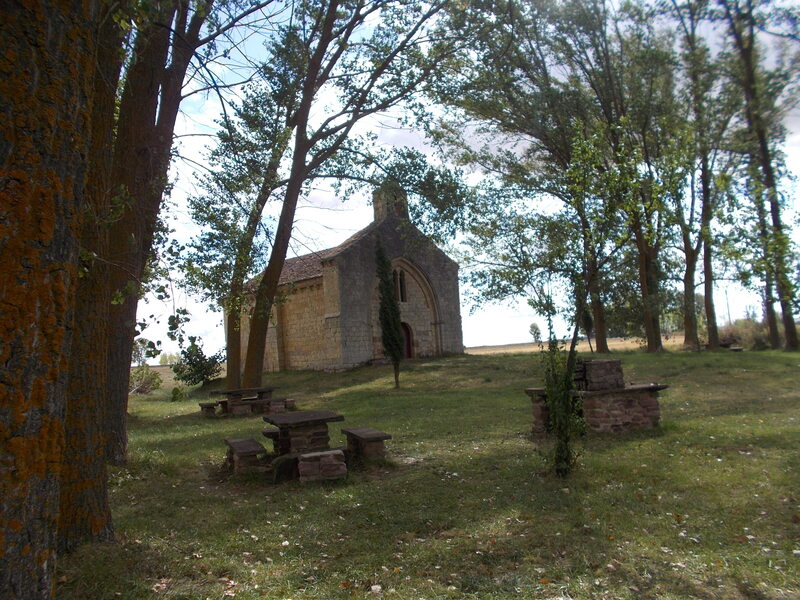
From Itero de la Vega to Carrion de los Condes, Camino Frances Stage no. 14
Basic Information Starting Point: Itero de la Vega, Spain – A quiet agricultural village on the Pisuerga River. With roughly 150 inhabitants (the number decreases with each population count) you will find in the village three pilgrim albergues, a small shop, and some places to eat dinner (if they do not serve it directly in…
-
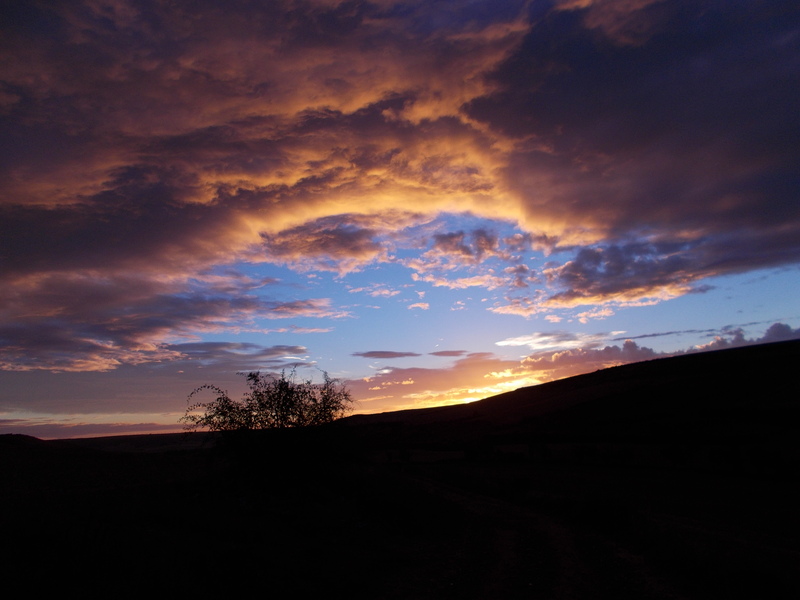
From Hornillos del Camino to Itero de la Vega, Camino Frances Stage no. 13
Basic Information Starting Point: Hornillos del Camino, Spain – A quintessential Meseta village with traditional stone architecture and pilgrim-focused atmosphere. The life in the village turns around pilgrims, with number of inhabitants typically inferior to the number of pilgrims sleeping in the village. Three pilgrim hostels and other private accommodation options, shop, restaurant, bar. Ending…
-
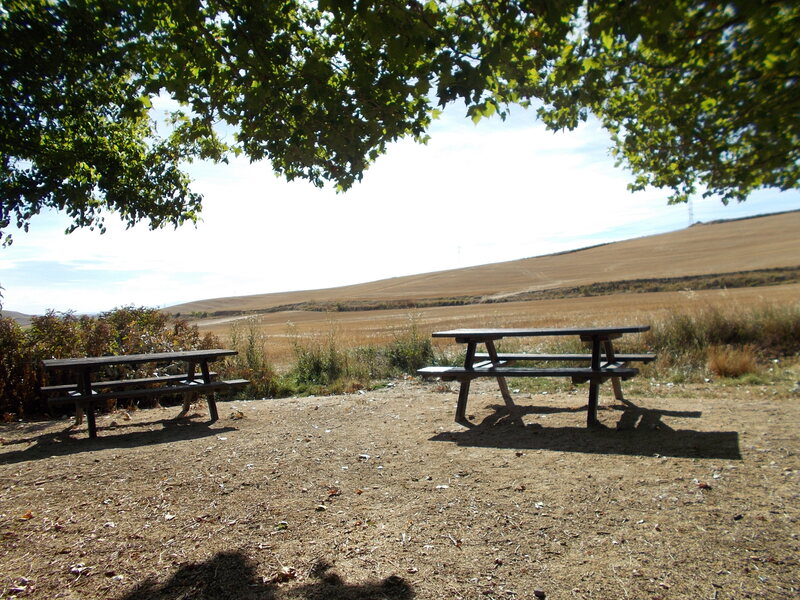
From Burgos to Hornilos del Camino, Camino Frances Stage no. 12
Basic Information Starting Point: Burgos, Spain – The magnificent cathedral city and cultural highlight of the Camino Frances, with two big pilgrim albergues (each having over 100 beds), many other accommodation options, and all services for pilgrims (and for tourists too :)). Ending Point: Hornillos del Camino, Spain – A classic pilgrim village with traditional…
-
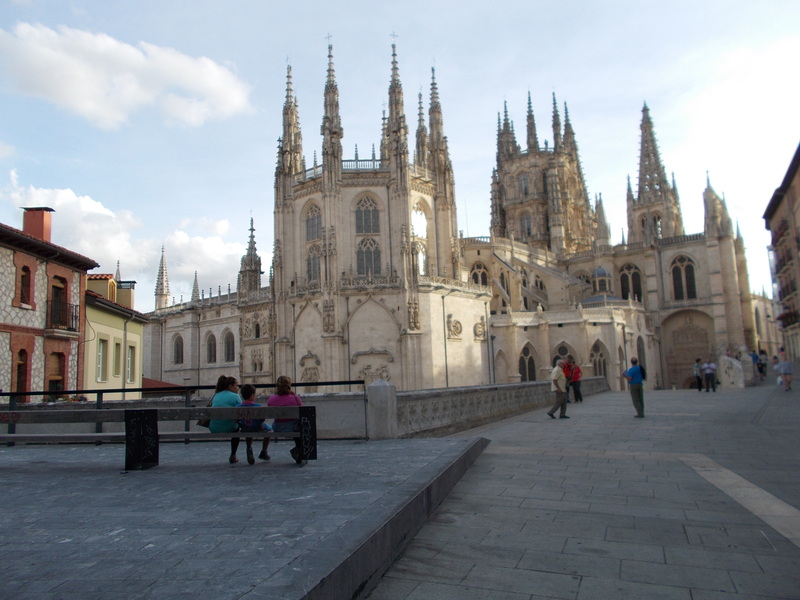
From Villafranca Montes de Oca to Burgos, Camino Frances Stage no. 11
Basic Information Starting Point: Villafranca Montes de Oca, Spain – A small village with roughly 120 inhabitants, a grocery store, restaurant, pilgrim albergue, and nice view of Montes de Oca mountain range. Apart from the albergue you will find a few private accommodation options in the village. Ending Point: Burgos, Spain – The magnificent cathedral…
-
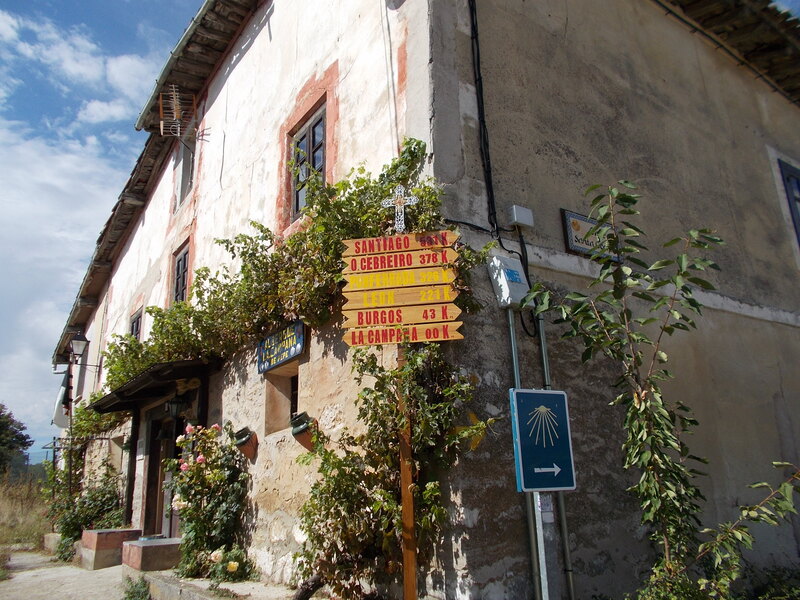
From Granon to Villafranca Montes de Oca, Camino Frances, Stage no. 10
Basic Information Starting Point: Grañón, Spain – A charming village with roughly 250 inhabitants, famous for its warm hospitality, historic church, and a donation based albergue with unmistakable atmosphere. Ending Point: Villafranca Montes de Oca, Spain – A small village with roughly 120 inhabitants, a grocery store, restaurant, pilgrim albergue, and nice view of Montes…
-
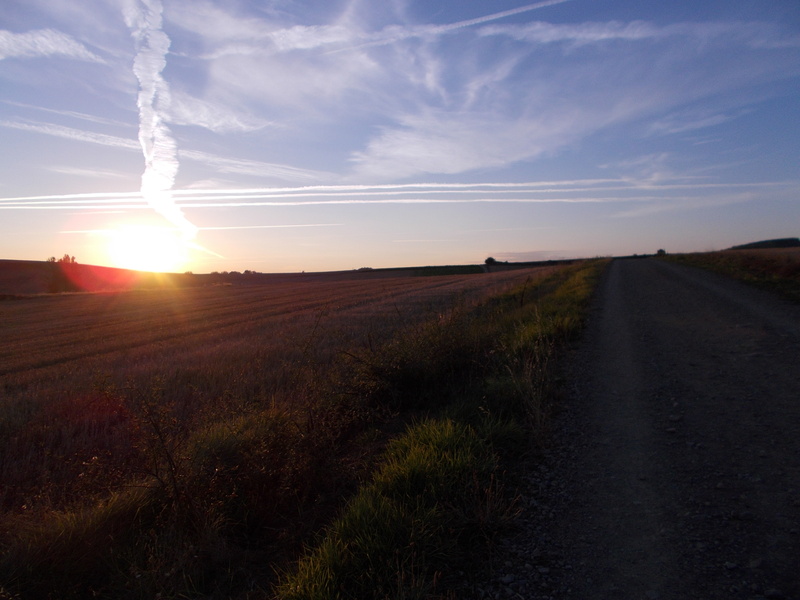
Azofra – Granon, Camino Frances Stage no. 9
Basic Information Starting Point: Azofra, Spain – A small village known for its peaceful atmosphere, historic church, and pilgrim-friendly albergue with 30 double rooms. With only 200 inhabitants, you will find all services for pilgrims in the village, including a pharmacy. Ending Point: Grañón, Spain – A charming village with roughly 250 inhabitants, famous for…
-
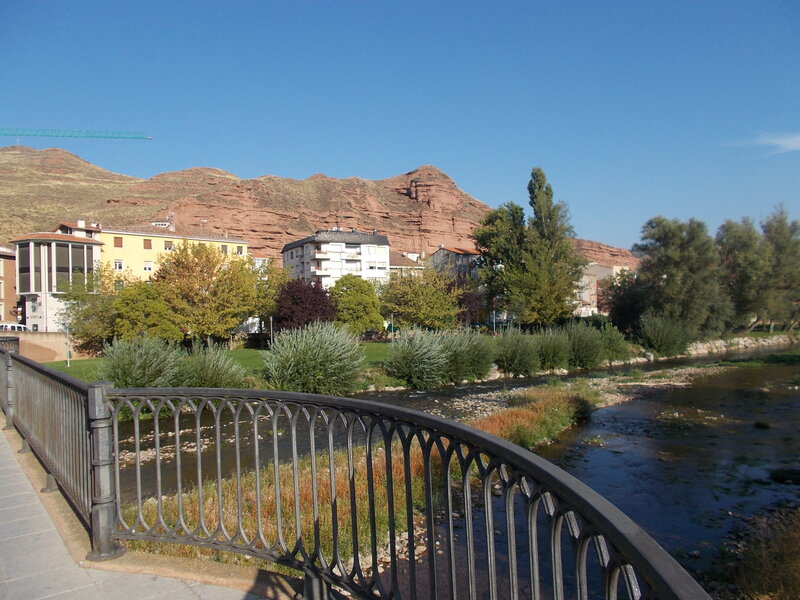
Logrono – Azofra, Camino Frances Stage no. 8
Basic Information Starting Point: Logroño, Spain – The capital of La Rioja (the province of Spain famous for its wine culture), with of over 150,000 inhabitants, historic old town, and vibrant tapas scene, it offers all services you may expect from a big town. Six pilgrim albergues and many other accommodation options for every budget…
-
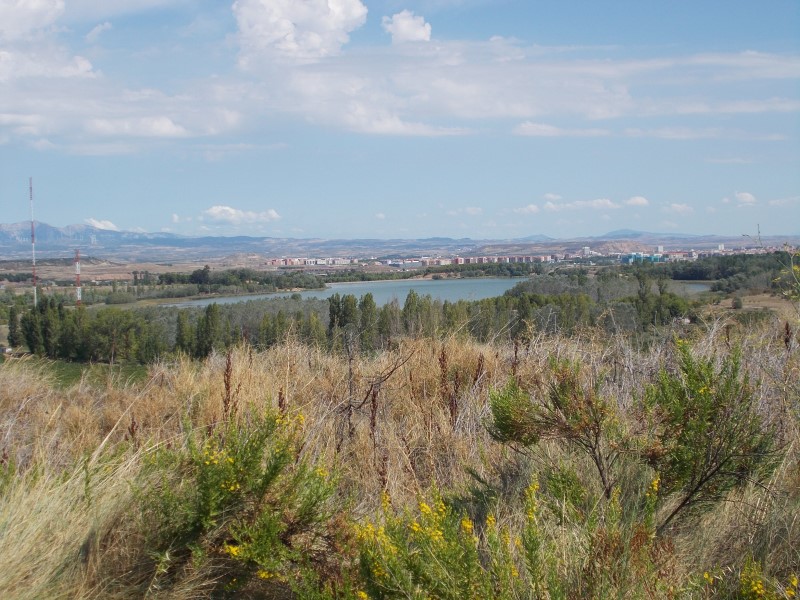
From Los Arcos to Logrono, Camino Frances Stage no. 7
Basic Information Starting Point: Los Arcos, Spain – A small town with roughly 1,200 inhabitants, 4 pilgrim hostels and other accommodation options, and all services for pilgrims. Ending Point: Logroño, Spain – The capital of La Rioja (today we cross the border of provinces La Navarra and La Rioja), famous for its wine culture, historic…
-
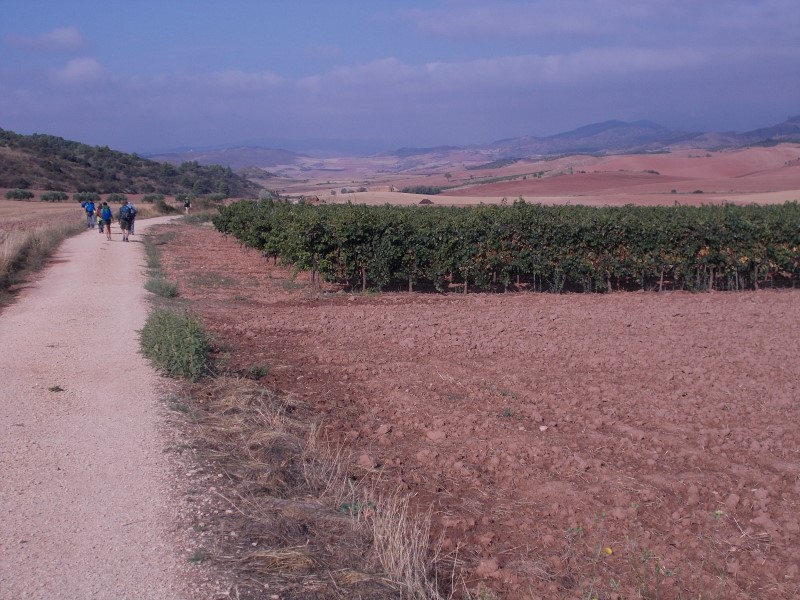
From Estella to Los Arcos, Camino Frances, Stage no. 6
Basic Information Starting Point: Estella, Spain – A historic town in Navarre, famous for its Romanesque architecture, medieval churches, and vibrant pilgrim community. In my opinion one of the nicest towns on the entire Camino Frances. Count with five pilgrim hostels and all facilities for pilgrims. Ending Point: Los Arcos, Spain – A small town…
-
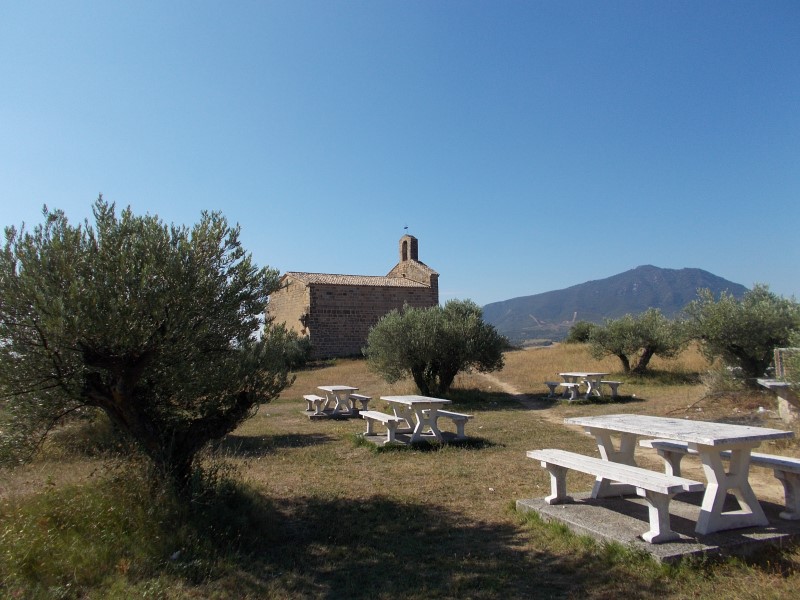
From Puente de la Reina to Estella, Camino Frances stage no. 5
Basic Information Starting Point: Puente la Reina, Spain – A charming town known for its iconic medieval bridge, where the Camino Francés and Camino Aragonés routes merge. Six pilgrim albergues and all facilities for pilgrims. Ending Point: Estella, Spain – A historic town in Navarre, famous for its Romanesque architecture and medieval churches. With almost…
-
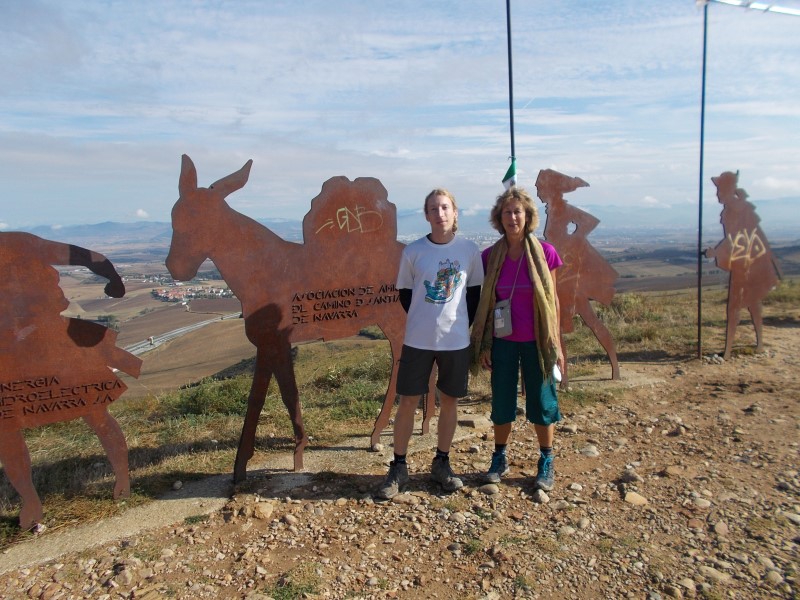
From Pamplona to Puente de la Reina, Camino Frances, Stage no. 4
Basic Information Starting Point: Pamplona, Spain – The capital of Navarre, famous for its historic old town, Gothic cathedral, and the Running of the Bulls festival. Many pilgrim albergues, all services, often overcrowded with tourists. Ending Point: Puente la Reina, Spain – A charming town known for its iconic medieval bridge, where the Camino Francés…
-
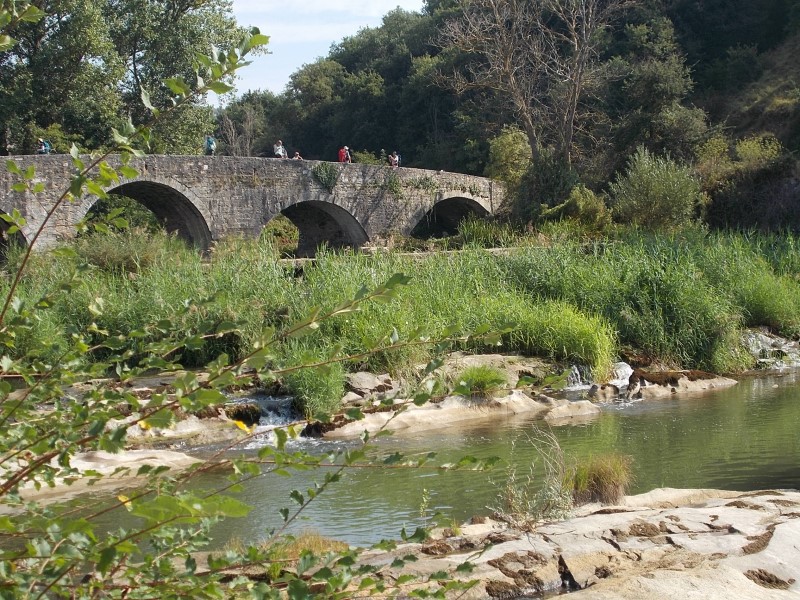
From Zubiri to Pamplona, Camino Frances Stage no. 3
Basic Information Starting Point: Zubiri, Spain – A small town in the Basque Country, known as the “town of the bridge” due to its iconic medieval bridge over the Rio Arga. Count with six pilgrim albergues (1 big and 5 small), various hotels and restaurants, and all facilities for pilgrims. Ending Point: Pamplona, Spain –…
-
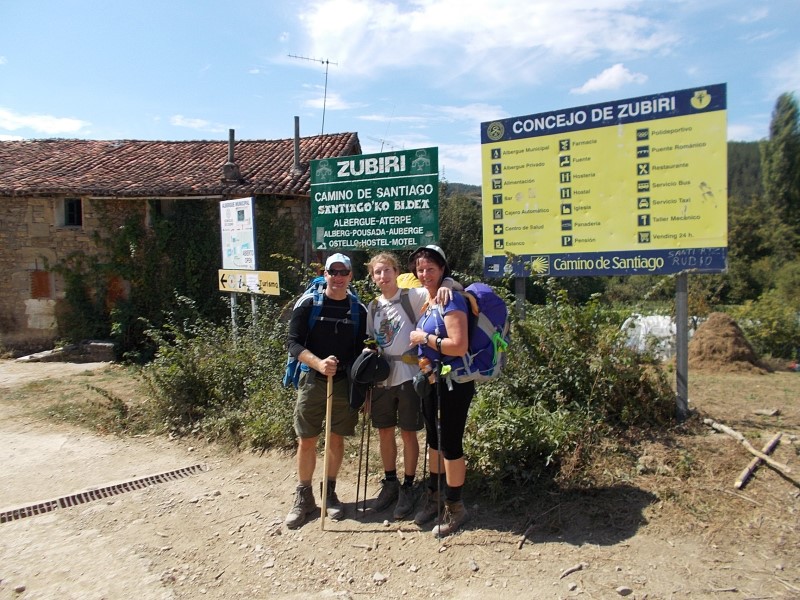
From Roncesvalles to Zubiri, Camino Frances Stage no. 2
Basic Information Starting Point: Roncesvalles – A historic village in Navarre, famous for its medieval monastery and its role as a key stop for pilgrims after the crossing of the French-Spanish border. One big albergue and all basic facilities for the pilgrims. Ending Point: Zubiri – A small town in the Basque Country, known as…
-
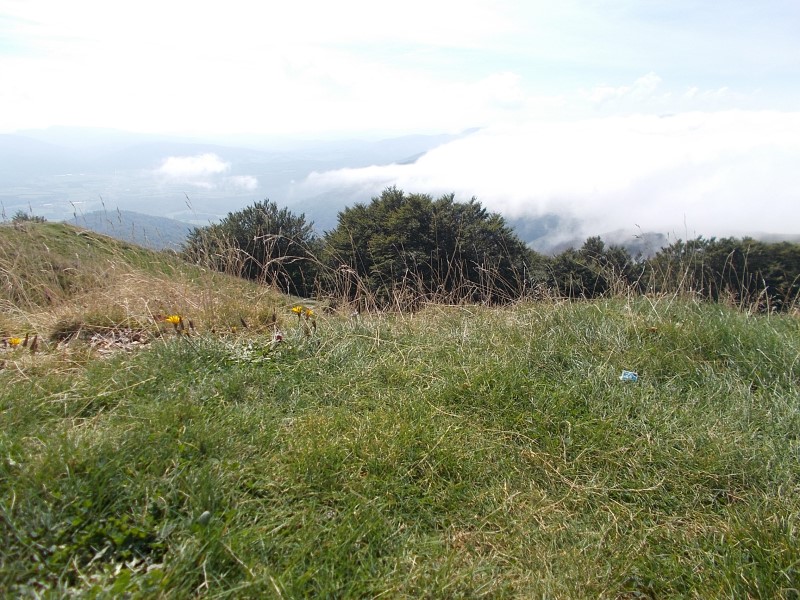
From St. Jean Pied de Port to Roncesvalles, Camino Frances, Stage no. 1
Basic Information Starting Point: St. Jean Pied de Port, France – A picturesque Basque town nestled in the Pyrenees, known for its cobblestone streets, historic citadel, and vibrant pilgrim community. It is the second most popular starting point of Camino de Santiago, right after Sarria in Galicia (where the last 100 kilometers of Camino Frances…
-
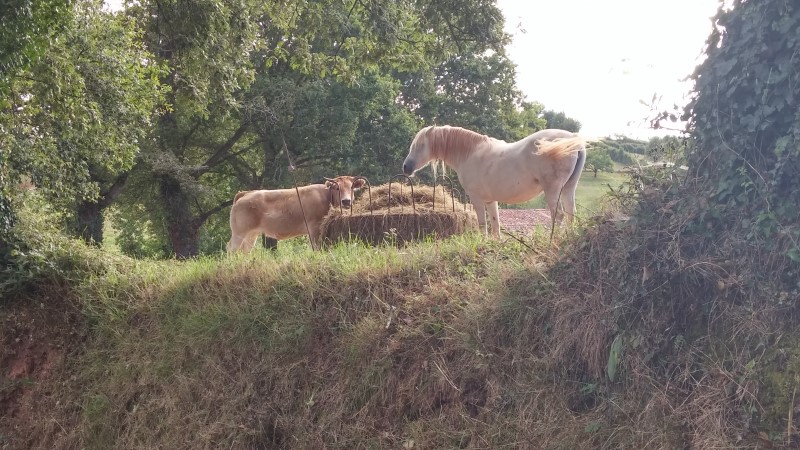
From Villaviciosa to Oviedo, Camino Primitivo, Stage no. 0, connection from Camino del Norte
Basic Details Starting point: Villaviciosa, a town of roughly 15,000 inhabitants, on Camino del Norte. Roughly 2 kilometers after the town you reach a point where you can either turn left, to Camino Primitivo, or continue straight, on the Camino del Norte. You will find in the town two pilgrim hostels and plenty of other…
-
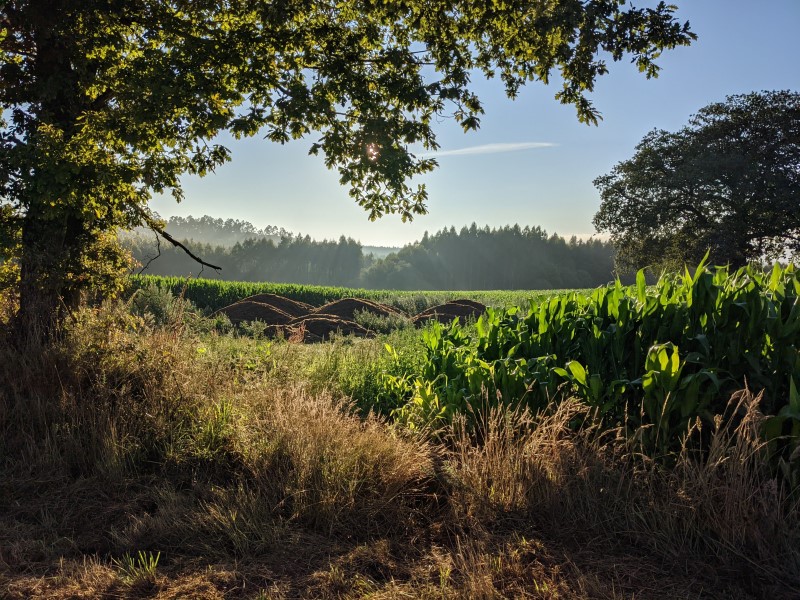
From Melide to O Pedrouzo, Camino Primitivo, Stage no. 11
Basic Details Starting point: A town of Melide, a busy town brimming with pilgrims from March to November, since it is already on the last 100 kilometers of Camino Frances. Primitivo connects to the French way in the center of Melide, so from now on you will share your walk with the pilgrims who follow…
-
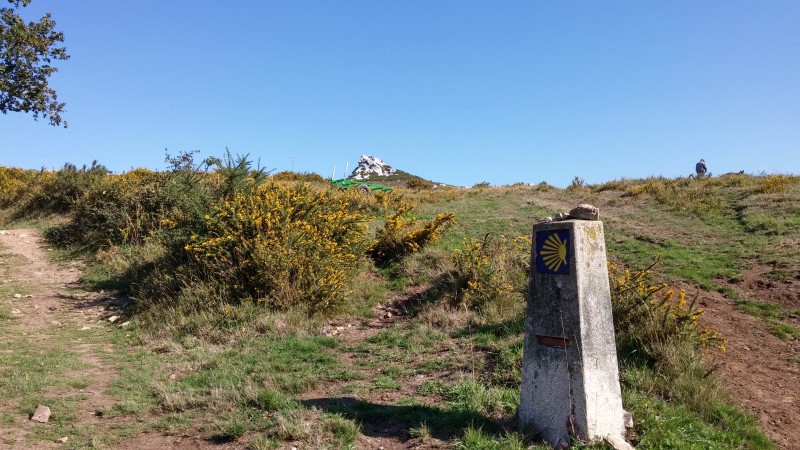
Ferreira – Melide, Camino Primitivo, Stage no. 10
Basic Details Starting point: A small Galician hamlet of Ferreira, with only 60 inhabitants, but three pilgrim albergues, basically living from the Camino, for a good position it has on the way (roughly in the middle between Lugo and Melide, two bigger cities and important places on the Camino). Ending point: Melide, a Galician city…
-
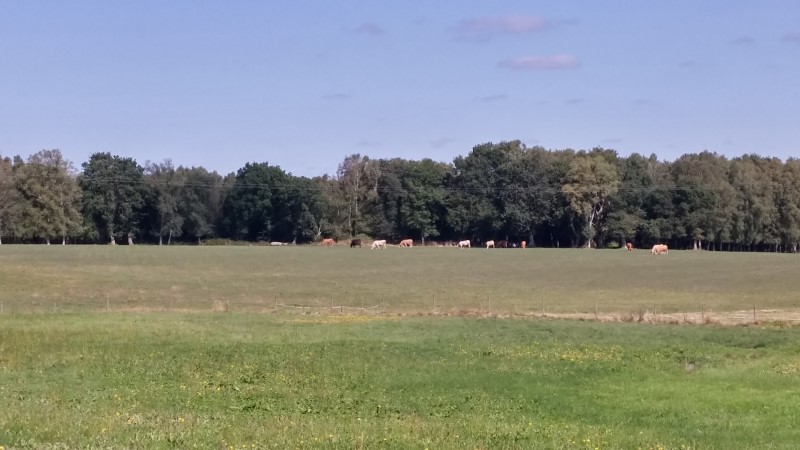
Lugo – Ferreira, Camino Primitivo, Stage no. 9
Basic Details Starting point: Lugo, the provincial capital of roughly 100,000 inhabitants, a city with a beautiful old town considered by many nicer than Santiago de Compostela. It has one pilgrim albergue and plenty of other accommodation options for pilgrims and tourists. It is roughly 100 kilometers away from SdC, and hence the starting point…
-
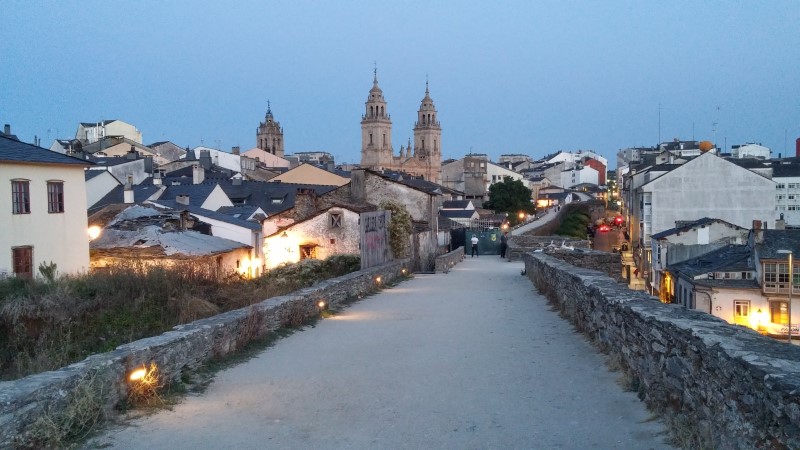
O Cadavo – Lugo, Camino Primitivo, Stage no. 8
Basic Details Starting point: A small Galician town of O Cadavo, which lives basically from two things–animal husbandry and Camino de Santiago. All services for pilgrims, plenty of beds in the albergues. Ending point: Lugo, a beautiful Galician city of roughly 100,000 inhabitants, which happens to be the only city in the world to be…
